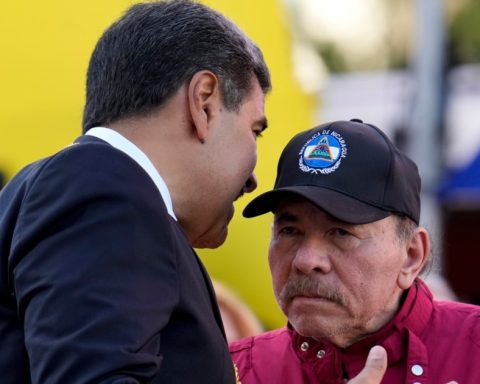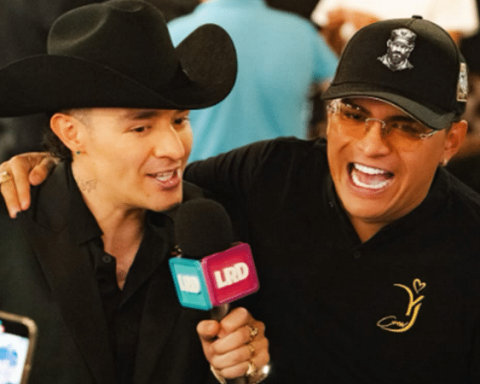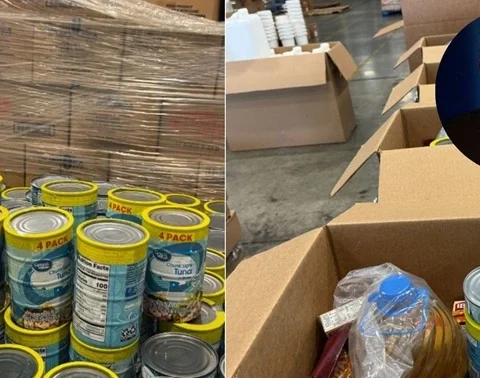A pediatric study carried out by the University of Michigan together with the Ministry of Health (Minsa) concluded that children under two years of age tend to develop severe covid-19 and also prolong some symptoms for up to 28 days.
“We were able to assess the impact of SARS-CoV-2 infection in children aged 0-14 years at the community level. We observed high rates of infection, with 51.6% of children infected during the course of the study. While the illness was generally mild, severe illness and prolonged sequelae were observed more frequently among children under two years of age,” they describe in the study titled “SARS-CoV-2 burden and protection from a second symptomatic infection in children”.
They also explain that symptomatic reinfection of the disease was very common and that children over ten years of age showed less protection against re-infection, “which suggests important differences associated with age in immunological protection after infection,” they say.
This research included 1964 children, who participated in a previous pediatric influenza cohort study at the Centro de Salud Centro Sócrates Flores Vivas (HCSFV), located in district II of Managua. These were followed up from March 2020 to October 2021, with the written and verbal consent of their parents.
The results of the study were published in English in the MedRix digital portal, where unpublished medical articles are disseminated, which once reviewed by peers will be shared in prestigious scientific journals. This is the second study published by these researchers. and one of the first to study the pediatric population of Nicaragua.
Reinfections occurred during the 2021 outbreak
The study indicates that reinfection of the new coronavirus was common among children, and this occurred during 2021, when the gamma and delta variants of concern were actively circulating in the country.
“The relative rate of second symptomatic infection followed a pattern similar to that observed with all cases of covid-19 and associated serious presentations, such as hospitalization,” they point out.
The study suggests that children under two years of age have the highest rate of hospitalization associated with covid-19. This is 2.8 times greater than that of children between the ages of two and four, and 8.5 times that of children between the ages of five and nine. Those older than ten years did not require hospital admissions.
The research indicates that children from six months to nine years who were infected for the second time in that period, showed a protection against symptomatic disease of between 61 and 64%. Meanwhile, in children between 10 and 14 years of age, protection was 49%.
“Children younger than six months in the trial were excluded from the above analysis as they may still have maternal antibodies present and therefore are not necessarily reinfections,” they clarify.
Children with “prolonged covid”
Children who developed “long-term COVID” had respiratory symptoms that lasted 28 days or more. These include a runny nose, cough, sore throat, and nasal congestion. Also, there were a few who had fever and headache. Also, there was one of the children in whom the diarrhea persisted and another in whom rapid breathing persisted.
The pediatric patients analyzed underwent three types of tests: PCR tests, blood samples for antibodies against SARS-CoV-2 receptor binding domain (RBD) and spike proteins by enzyme-linked immunosorbent assay (ELISA). The latter allows to know if the person developed antibodies in case of having been exposed to the virus.
“In total, 1014 (51.6%) participants were infected with SARS-CoV-12, as determined by PCR or ELISA during the course of the study,” they state, also explaining that there were 8% of the total number of children included in the study that were withdrawn early.
According to the analysis, the incidence of covid-19 in children was 7.7 cases per 100. And girls had a slightly higher incidence than boys. However, the difference was not that significant.
The latest epidemiological bulletin from the Minsa, published last December, indicates that 144,170 PCR tests have been carried out in the country and although they do not give data on the number of positive cases in children under 18, they do point out that women are the ones who are most affected. they have infected

















